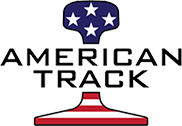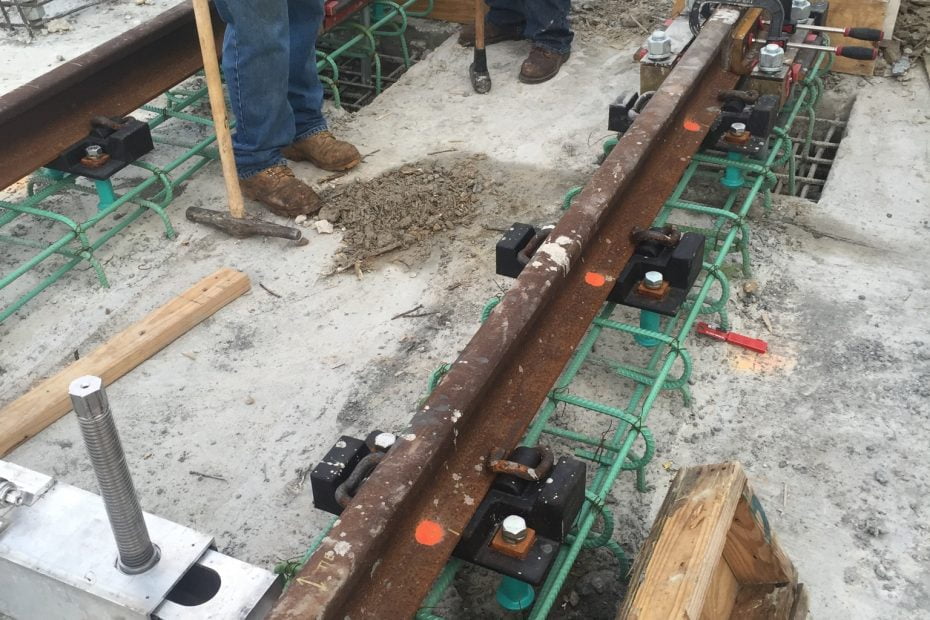Direct fixation is a construction and maintenance technique that is commonly used in the railroad industry. This method involves attaching track components directly to the ties or subgrade, rather than using traditional fasteners.
Direct fixation has many benefits, including increased strength and stability, reduced noise, and improved ride quality. In this blog post, we’ll discuss six things you should know about direct fixation as it relates to railroad construction and maintenance.
1. Direct fixation allows for increased strength and stability.
Direct fixation is a type of fastening system that is used to connect rails to railway sleepers. The term “direct fixation” refers to the fact that the rails are fastened directly to the sleeper, without the use of any intervening bolts or plates.
This type of connection is said to provide greater strength and stability than other methods of rail fastening. In particular, direct fixation is less likely to loosen over time, and it provides a more uniform support for the rail, reducing the risk of track buckling.
2. Direct fixation reduces noise.
Additionally, direct fixation can help to reduce noise levels by absorbing vibrations. As a result, it is frequently used in high-speed rail projects where passenger comfort and safety are paramount concerns.
3. Direct fixation improves ride quality.
We’ve already mentioned it, in general, but it bears repeating when it comes specifically to freight transportation. One of the biggest benefits of direct fixation is that it helps to reduce vibration. This is particularly important for freight railways, as goods can be damaged by excessive shaking.
In addition, direct fixation tends to be less susceptible to weather-related damage than ballasted track. This is due to the fact that the plates and anchors used in direct fixation provide a more secure connection between the tracks and the ground. As a result, direct fixation is often seen as the better option for freight railways.
4. Direct fixation can be used for both new construction and track maintenance.
Also, direct fixation is a technique that can be used for both new railroad construction and track maintenance. In new construction, direct fixation is used to secure the track to the underlying subgrade. This is done by drilling holes into the subgrade and then inserting bolts or spikes into the holes. The bolts or spikes are then tightened, which secures the track in place.
In track maintenance, direct fixation is used to repair damaged track. This is done by removing the damaged track and then installing new track using the same bolts or spikes that were used in the original construction. By using direct fixation, it is possible to securely attach track without damaging the surrounding area.
5. Direct fixation is more expensive than traditional methods.
Direct fixation is typically more expensive than other methods, but it’s often worth the cost. With direct fixation, you’re essentially creating a “mini-foundation” for your construction project. This means that you’ll need to excavate and compact the soil, install anchor bolts or rebar, and pour concrete footings.
The added expense of direct fixation is often offset by the increased stability and durability that it offers. In addition, direct fixation can be used in a wide range of soil conditions, making it a versatile option for many projects. Ultimately, while direct fixation may cost more upfront, it can provide significant benefits that make it well worth the investment.
6. Direct fixation requires specialized equipment and training.
(All the more reason why you really want a company with a depth of experience working on your project!)
Consider Direct Fixation for Your Next Project
Direct fixation is a construction and maintenance technique that offers many benefits for the railroad industry. If you’re considering using direct fixation for your next project, keep the six points above in mind to ensure a successful outcome. And if you need help with your direct fixation project, be sure to contact the experts at American Track.
One hundred sixty years is an impressively long time for a company to prove its dominance in a given industry, but that’s exactly what you benefit from when you work with the pros at American Track. With projects all across the country, they are here to serve your company’s every transport need in the field of railroad construction. Need new construction or rehabilitation on a current project? Give them a call today!


